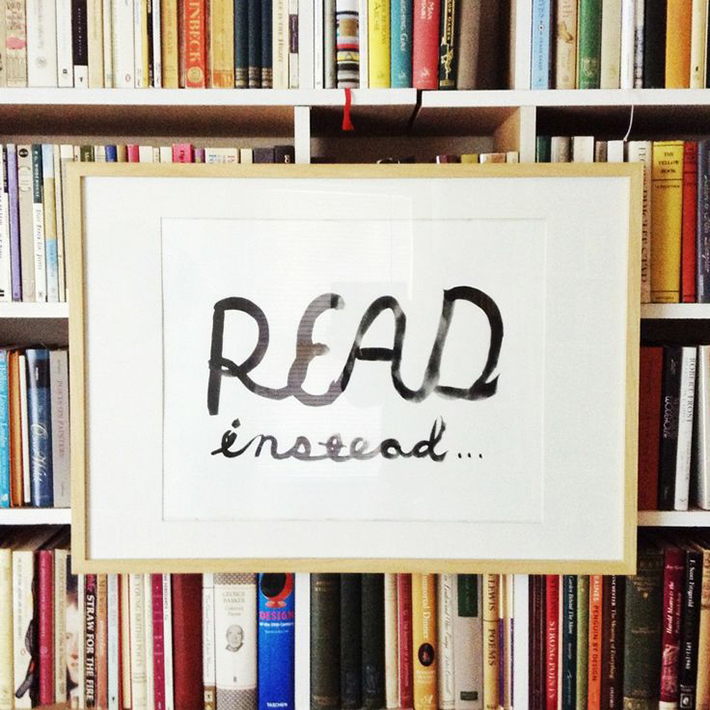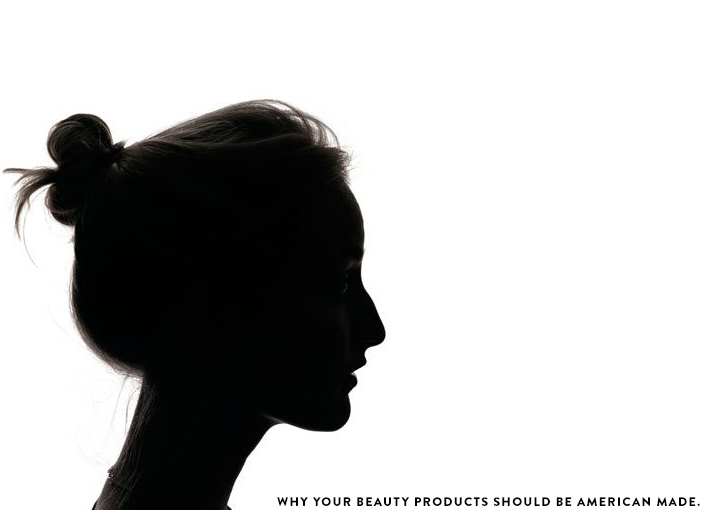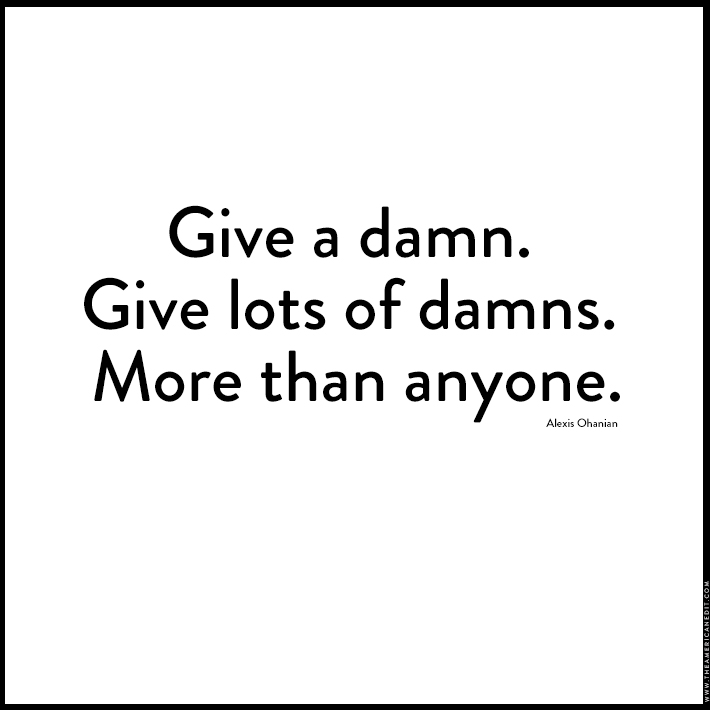Let’s go is absolutely my M.O. when it comes to travel – as evidenced by my recent schedule! There is no better way for me to learn than by traveling, experiencing new things, and meeting new people – but I’m a little bit overwhelmed by my current lack of routine. I’m trying to embrace it, I know how fortunate I am to be in this situation, but I also hate that I’m missing out on the day-to-day things in my normal life… my regular reading schedule is definitely one of the places where I’ve fallen behind, but the following are articles that stood out to me over the last few weeks:
How History’s Greatest Thinkers Managed Their Time
I’ll be reading and re-reading this article (and the book!) over the next few months – It has been almost a year since I’ve worked for myself and it is time to figure out a more efficient schedule!
Rules of Style – Ines de la Fressange
“I’m French, but I brush my teeth. Because I’ve noticed that after a while when ladies are not that young, the worst thing they think is their hands or their neck, but it’s not that all. It’s their teeth. My toothbrush is my first mascara!”
Handling Change Online & Offline – Grace Bonney of Design*Sponge on Jess Lively
Truthfully, I’ll read or listen to almost anything by Grace Bonney… but I have particularly admired the way D*S has addressed the change in content consumption in an incredibly matter-of-fact manner on their site – they are trying and testing new things to see what works, just like the rest of us.
Tina + Amy Reunite!
I’d watch this movie no matter what because of my long-term love for both Tina & Amy. But I’m writing this from my parents’ house, that is currently on the market, and it just feels weird that my sister isn’t here this weekend, so it feels even more relevant to me right now.
Meet Preetma Singh, Who Went from Lawyer to Fashion Editor
I’m obsessed with WSJ. Magazine and I loved reading about Preetma’s career from lawyer to R29 intern to her current role as WSJ. Market editor. Her answers throughout the article prove that there is no such thing as an overnight success, and that hard work, sacrifice, dedication, and being humble and nice are what matter and what you can build a career out of.
Have a wonderful weekend! For more frequent updates and travel adventures, follow along on instagram!
[image]




